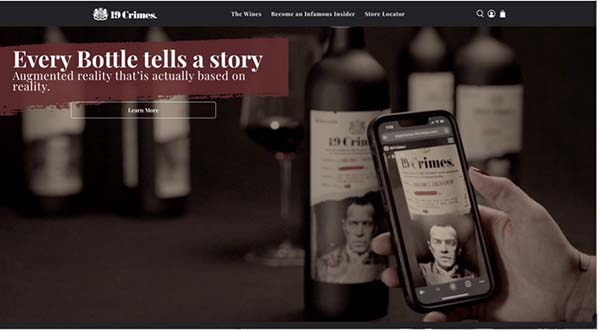Exploring the Differences Between App-Based and Web-Based Augmented Reality in Marketing
Augmented reality (AR) is no longer just a futuristic concept—it’s now a mainstream technology that is being used in various industries, including marketing. With 32% of U.S. adults actively using AR, it’s clear that this technology is here to stay. In the world of marketing, there are two primary types of AR being utilized: app-based using image recognition and web-based (or browser-based), also known as WebAR.
So, what’s the difference between the two, and is one better than the other? App-based AR has been around longer and offers a high level of flexibility, allowing marketers to create unique and engaging experiences. An example of successful app-based AR is the 19 Crimes Wines labels, where shoppers can scan a QR code on the label to bring the faces on the wine labels to life, telling the stories of the crimes that sent them into exile in Australia.
On the other hand, WebAR offers accessibility without the need to download an app. Users can simply scan a QR code to access the AR experience. Platforms like RealityBLU provide WebAR experiences that include interactive elements like 360-degree tours and 3D objects that users can explore in their environment. While WebAR may have some constraints in terms of complex interactions compared to app-based AR, it offers a more accessible and user-friendly experience.
Ultimately, the choice between WebAR and app-based AR depends on the goals and preferences of the marketer. With more platforms offering simplified development and template-based options, it’s easier than ever to experiment with both types of AR. Whether you choose WebAR or app-based AR, the important thing is to get creative and explore the possibilities that AR can offer in marketing campaigns.
